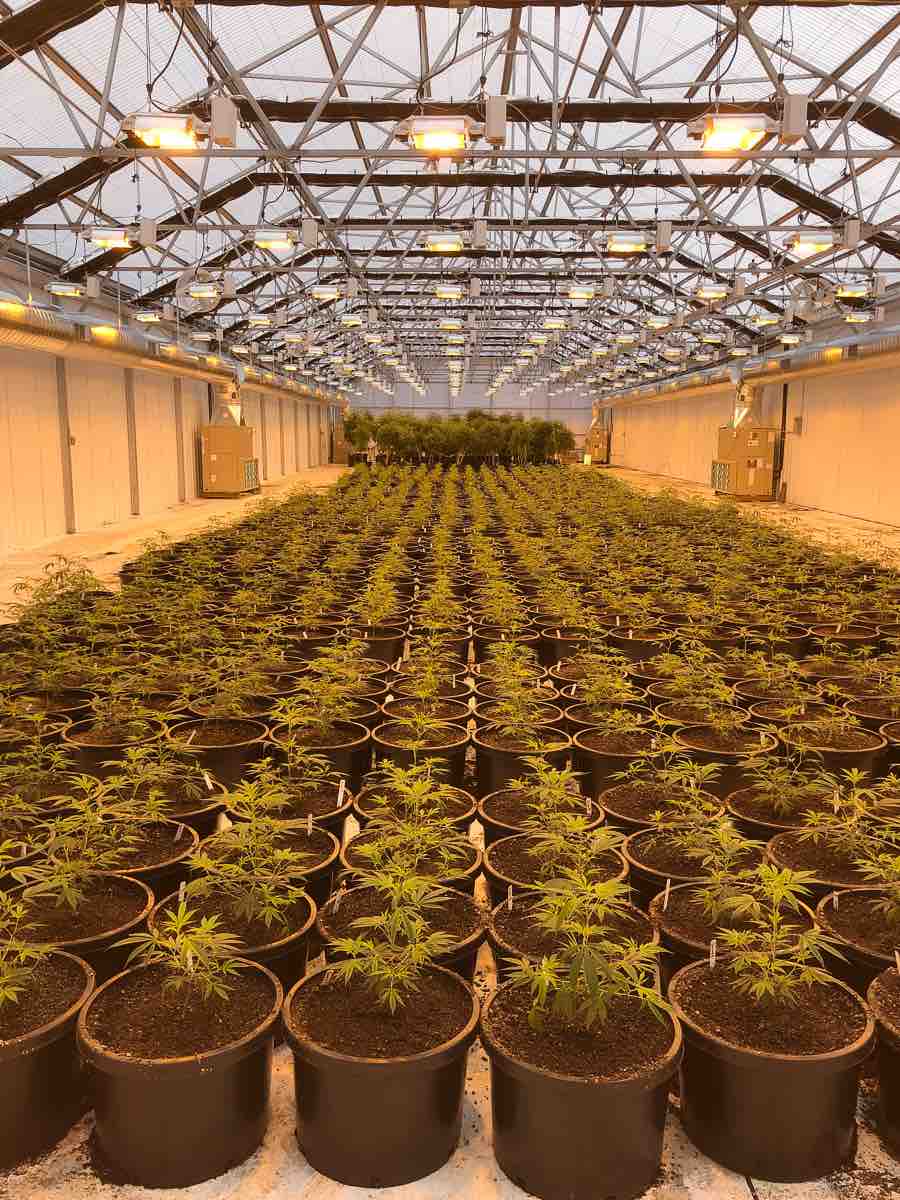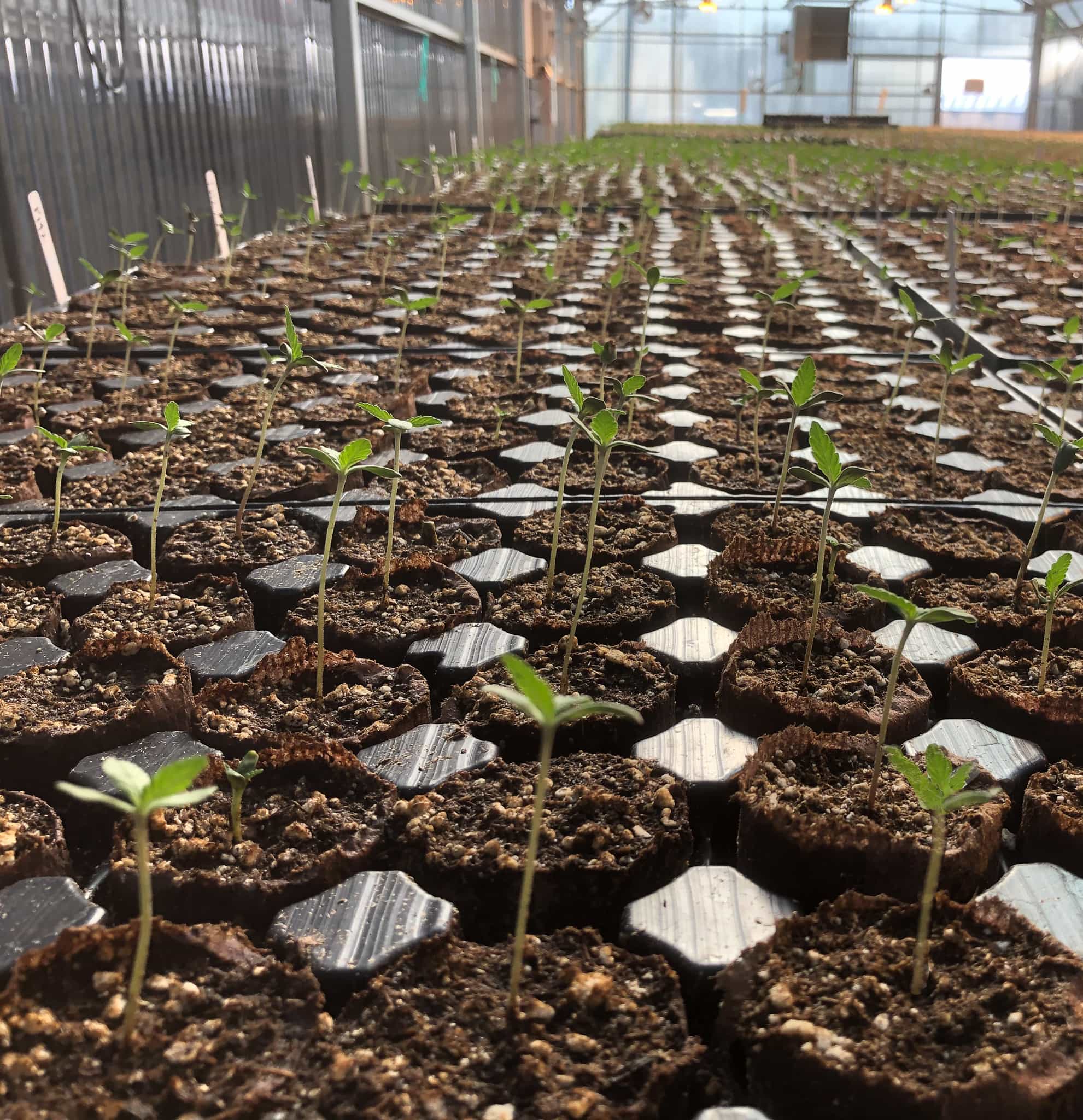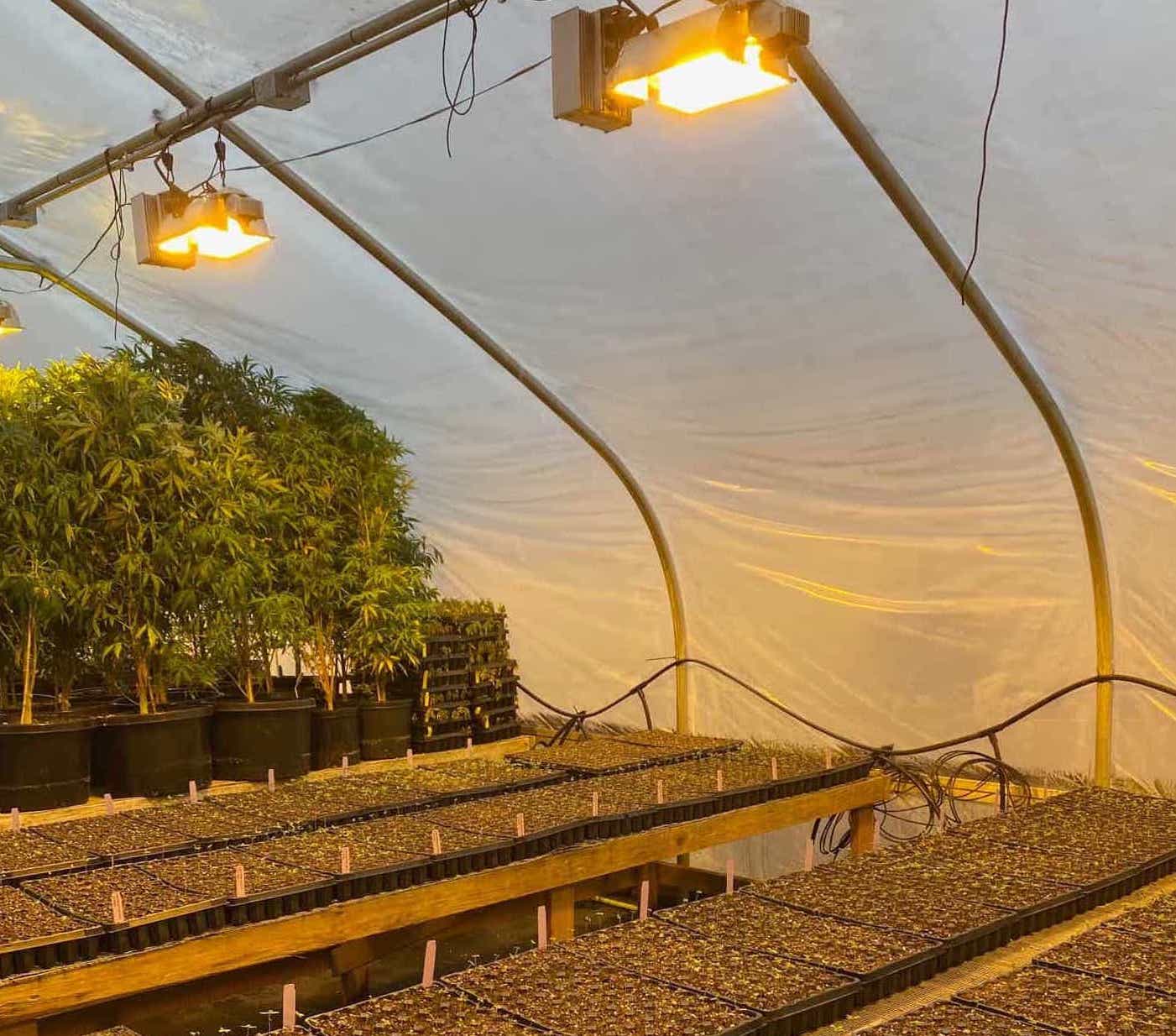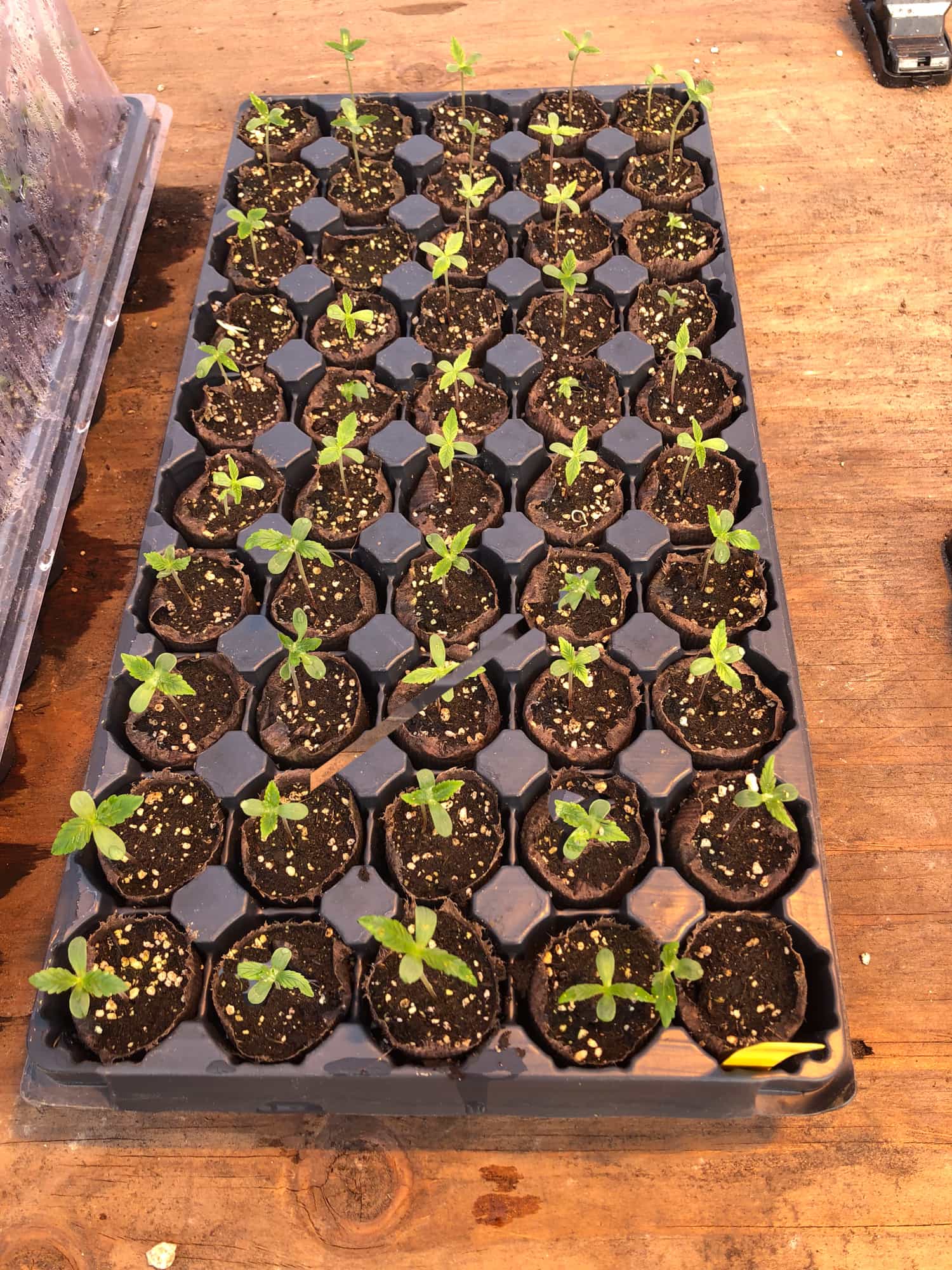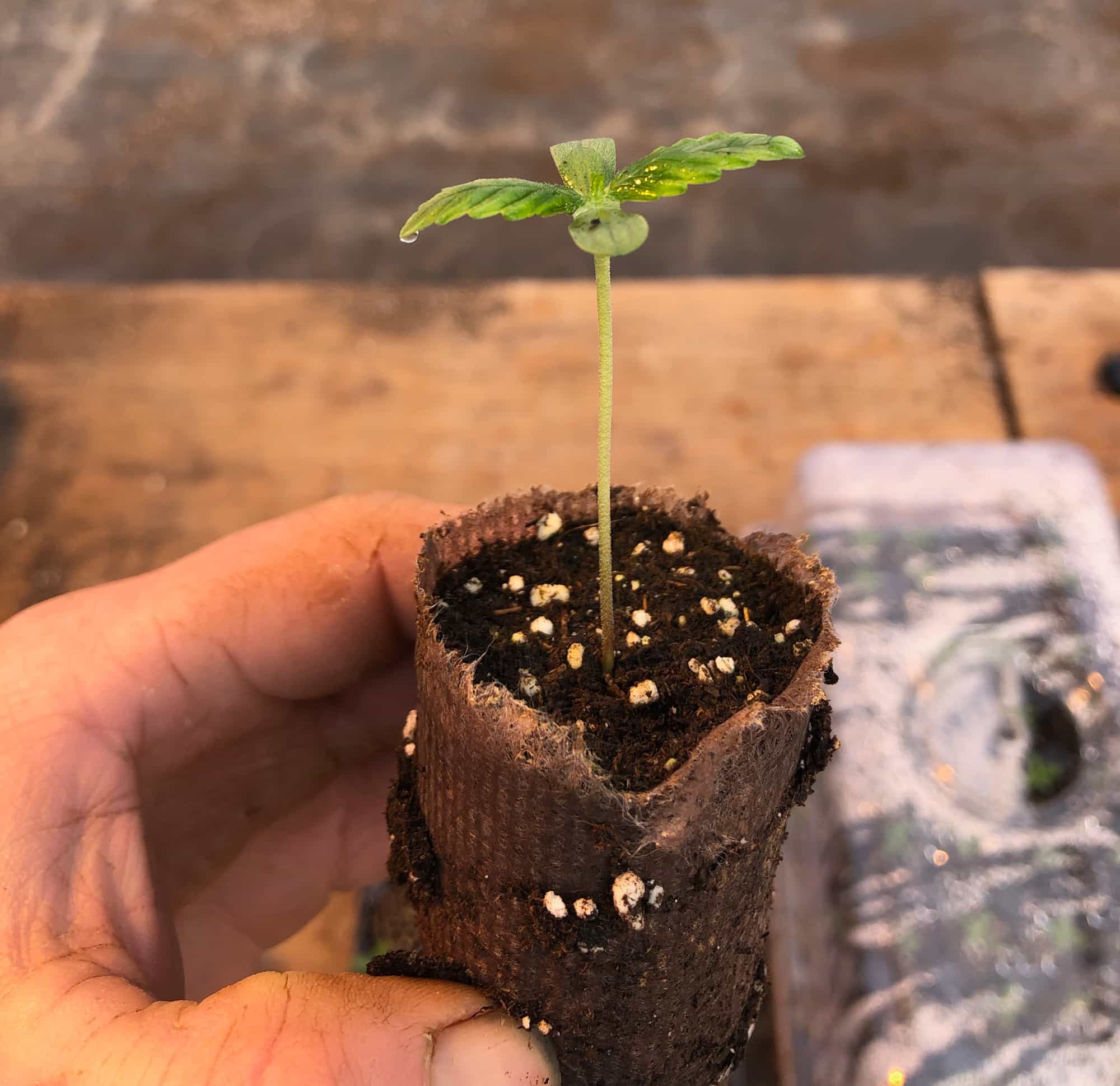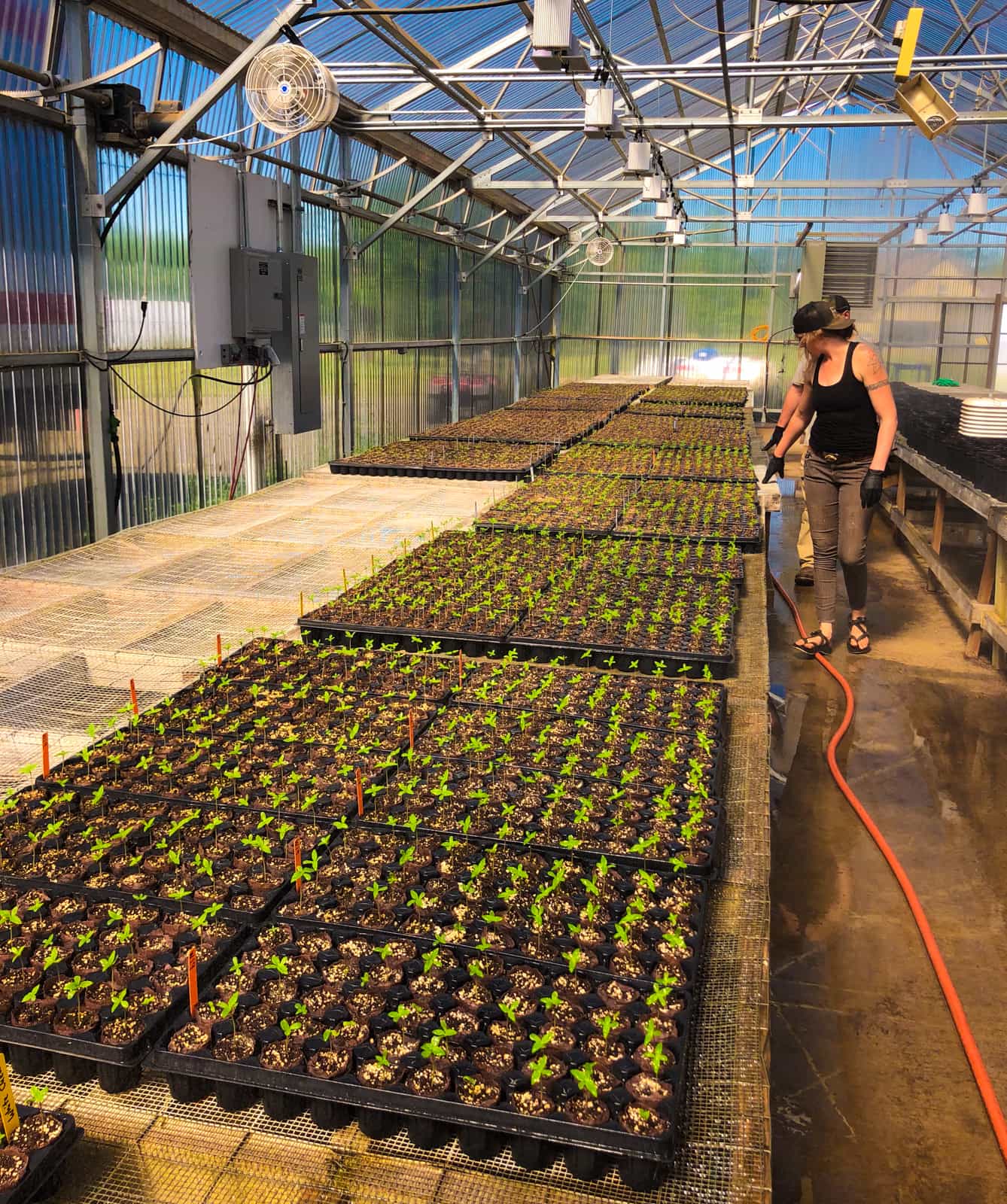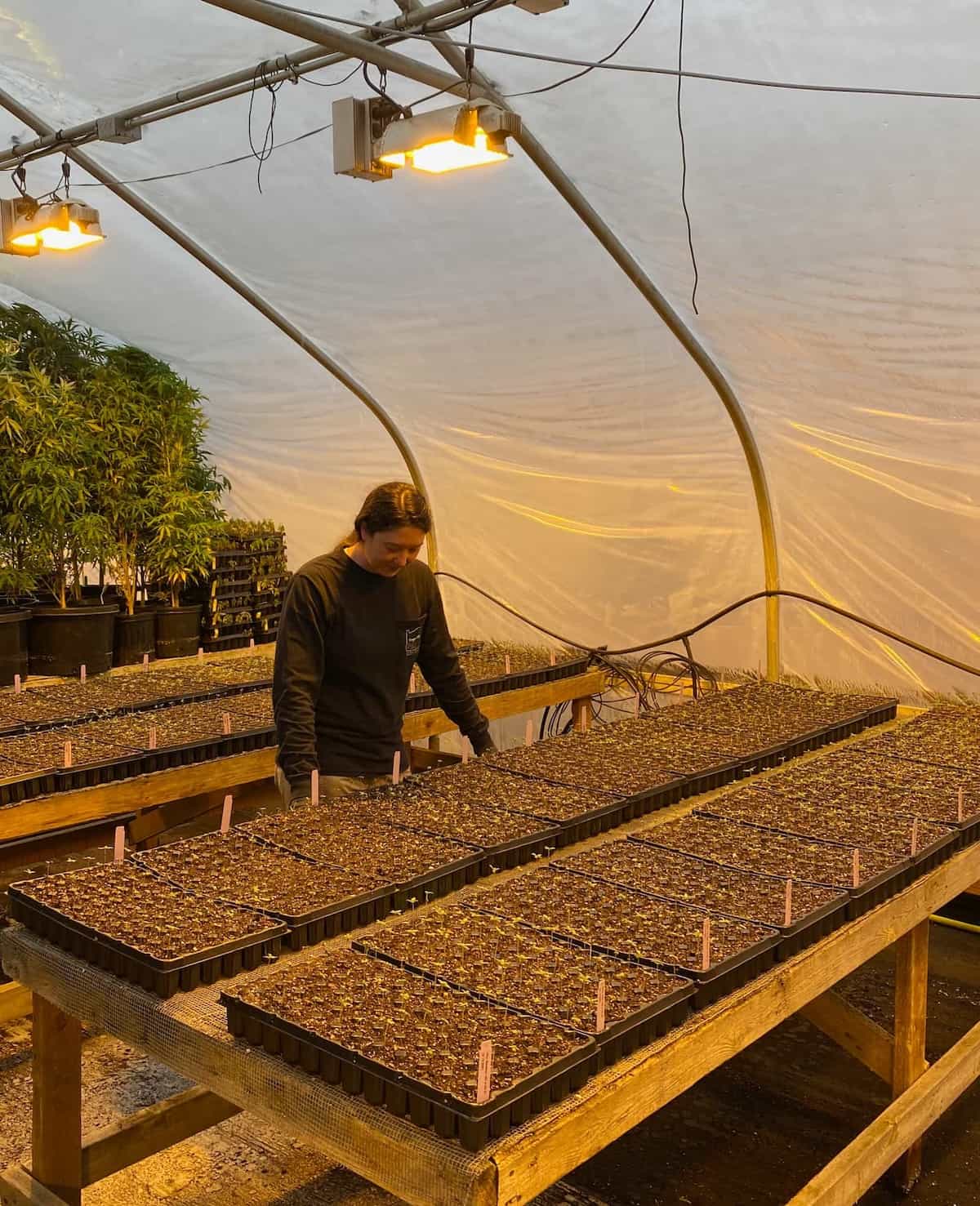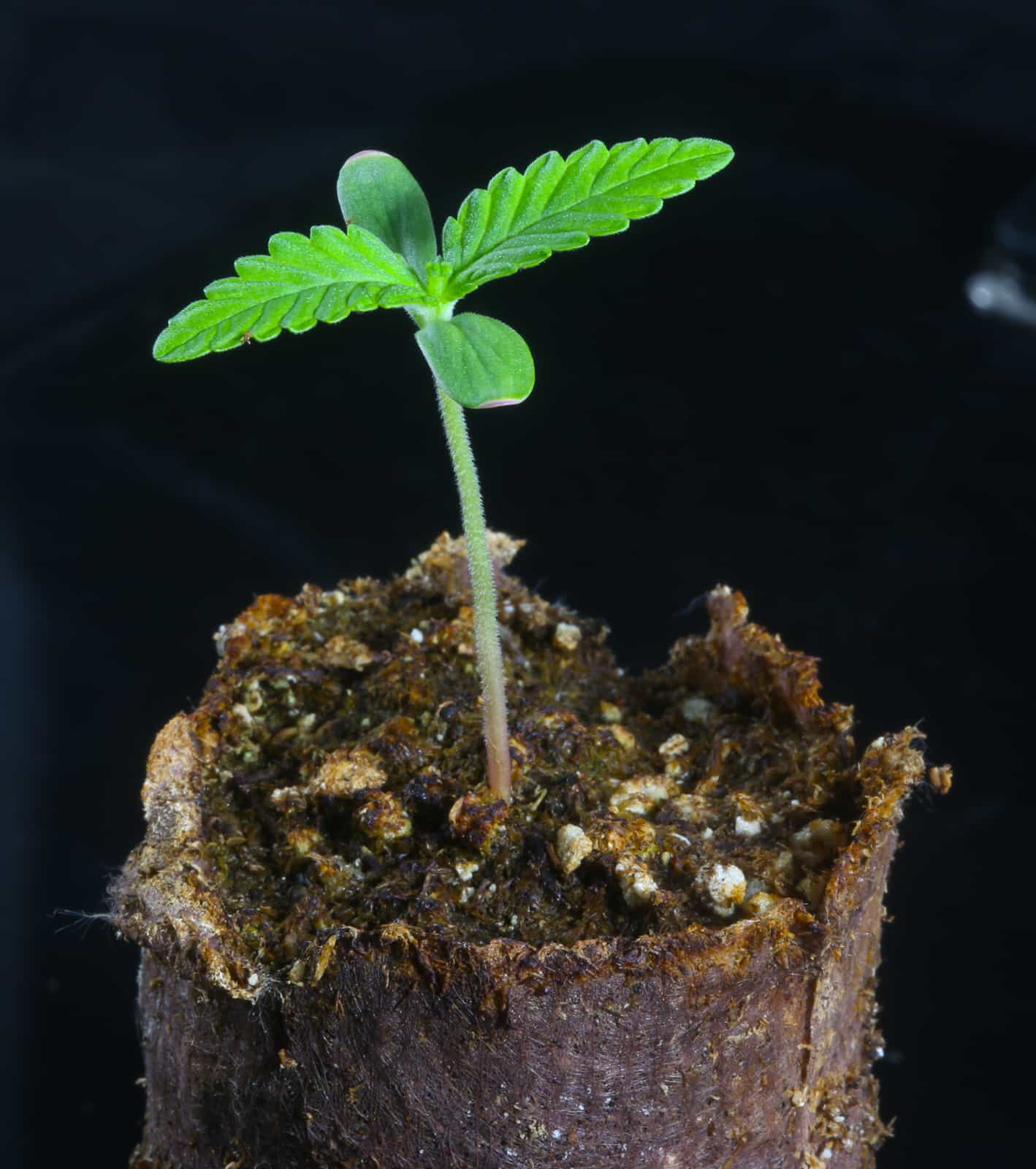Growing Resources
How to Germinate Cannabis Seeds
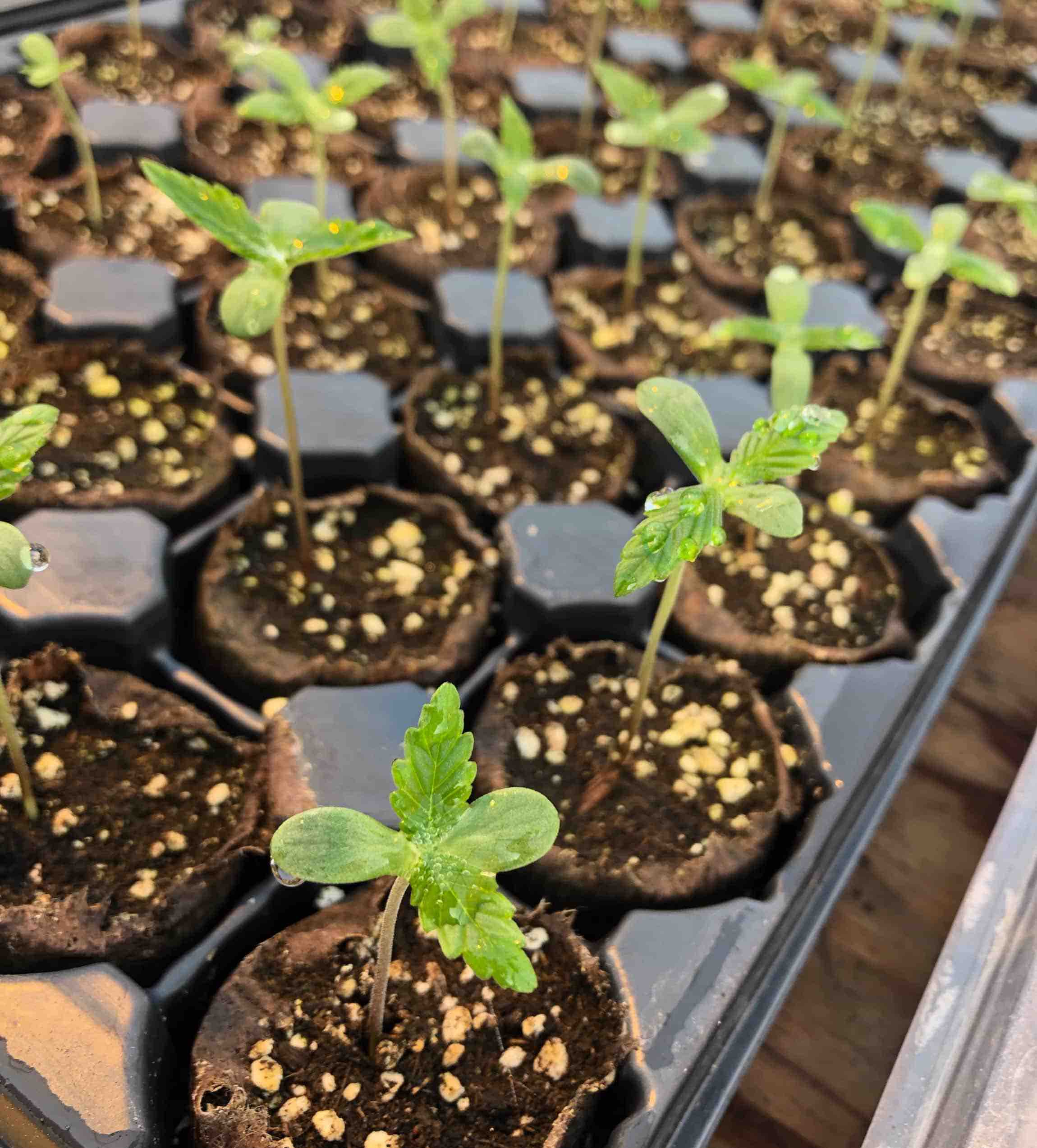
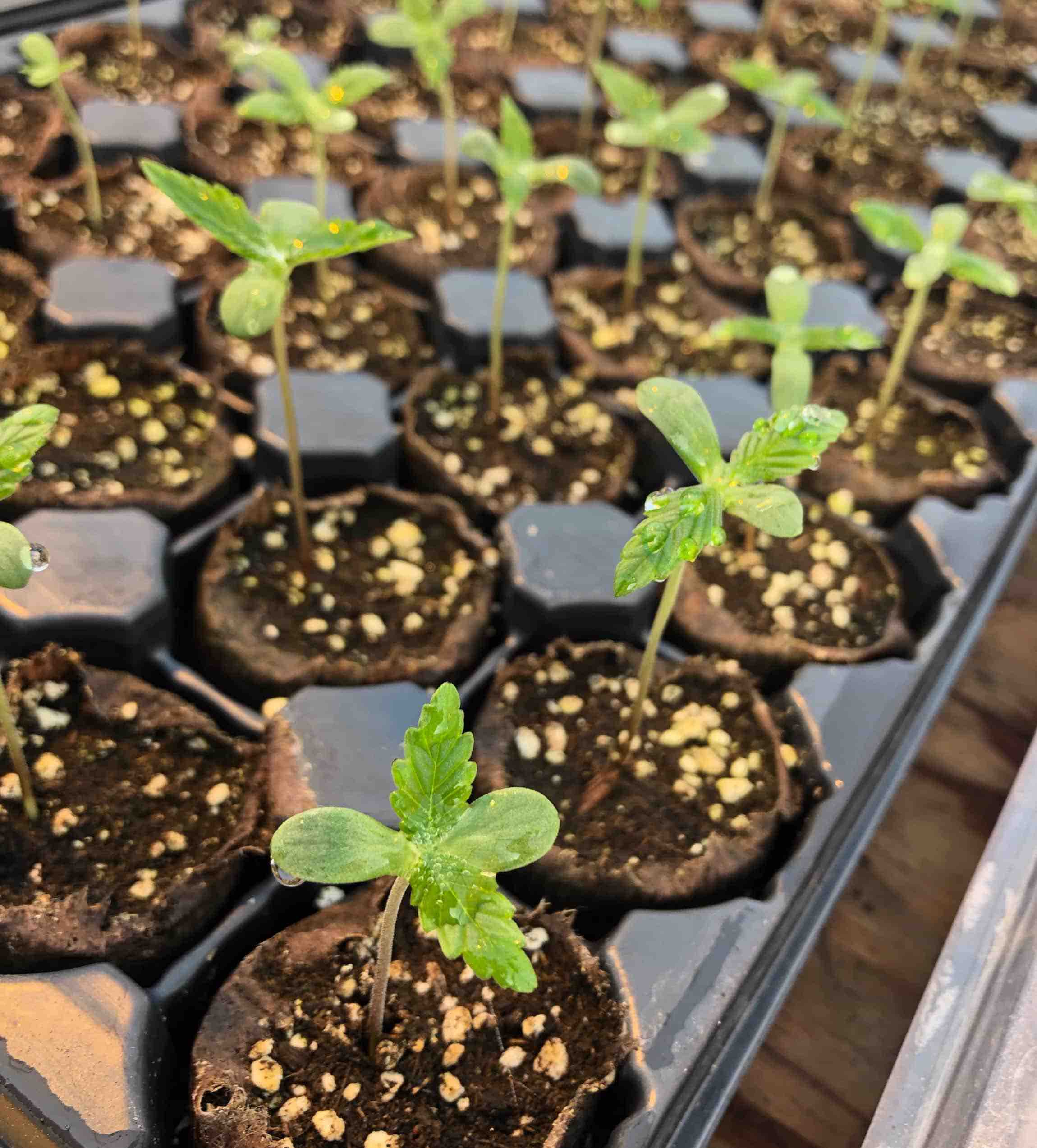
There are many methods growers use to germinate cannabis seeds. While many work for some seeds they do not work for all.
We recommend just keeping it simple for the best success in sprouting seeds.
Cannabis Seed Germination
How to Germinate Autoflower Seeds
Autoflower cannabis seeds are extremely sensitive in their early stages of life and require constant attention. They are essentially hardwired to flower at the first signs of stress.
The goal as a grower is to keep them as happy as possible for maximum growth before they finish flowering.
Additional Autoflower Starting Tips
We prefer to plant autoflower seedlings into the field at about 2-4” in height. If plants are deprived of light, they will grow tall and spindly, and may break during transplant or in the elements. If you are using pots as the final home - same thing, move them in when they are small.
Autoflowers are also very sensitive to their environments, and planting in cold weather or extreme heat can cause plants to go into flower prematurely.
Do your best to plan your planting schedule accordingly.
Let us help get you growing.
For a comprehensive collection of cannabis growing information, visit Oregon CBD at the links below.
There are many ways to grow a plant, but we have found these processes to be successful for us and farmers across the world. These recommendations are for all of our genetics, including CBD seeds, CBG seeds, CBDV seeds, THC seeds, THCV seeds, and Autoflower seeds.



